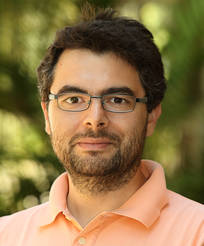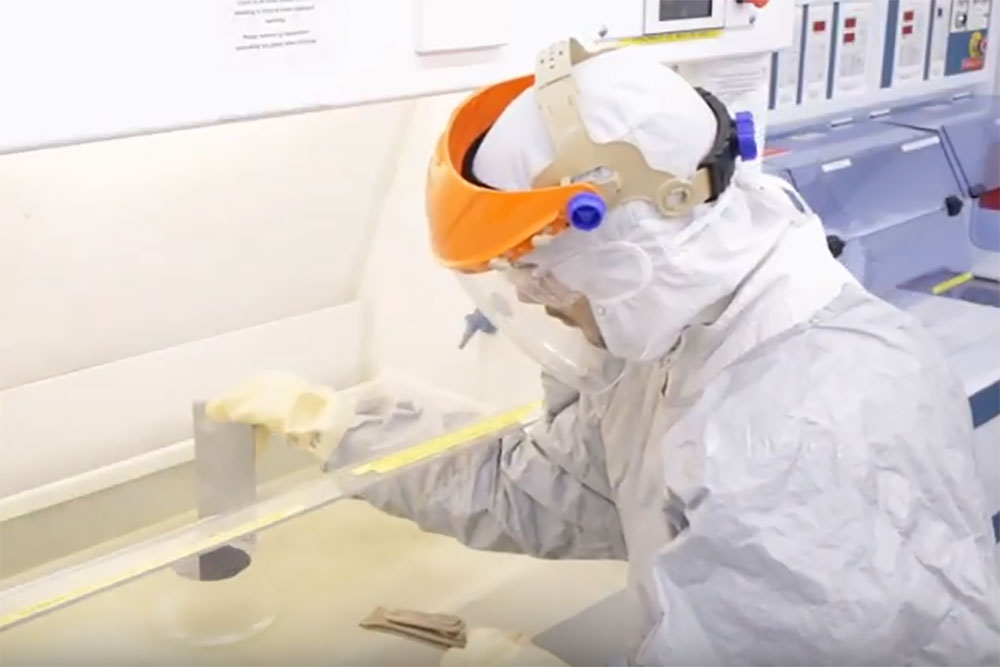Griffith University researchers are building the next wave of supercomputers.
Work published in Light: Science and Applications showsa new technique for a quick and reliable characterisation of integrated quantum chips that encode information using light instead of electrical current.
In collaboration with ANU, RMIT and UTS in Australia and ITMO University in Russia, the researchers demonstrate a new method for measuring and certifying the quality of quantum devices.
 “Such devices will be key for the realisation of an ultra-powerful computer in the near future and are researched by industry leaders like IBM, Google and Microsoft,” said Griffith University researcher Associate Professor Mirko Lobino(pictured), of the Centre for Quantum Dynamics.
“Such devices will be key for the realisation of an ultra-powerful computer in the near future and are researched by industry leaders like IBM, Google and Microsoft,” said Griffith University researcher Associate Professor Mirko Lobino(pictured), of the Centre for Quantum Dynamics.
“Having a technique to certify the quality of such devices is crucial for the development of this technology on a large scale, and this is what we have done in our paper.
“Since future quantum computers will consist of thousands, if not more, devices assembled together, each part needs to be characterised quickly and with a high degree of precision, in order for the whole machine to work property. This is what we demonstrated in this work.”
The article’s lead author, Dr. Francesco Lenzini, said that the development of future quantum technologies would involve an expansion in scale and complexity of photonic devices for applications ranging from secure communication and enhanced sensing to computer science.
“However, characterisation of quantum photonics circuits is a cumbersome experimental task, requiring the use of expensive and often inefficient single-photon detectors and a rapidly increasing measurement time with system size,” he said.
“Availability of practical techniques for the characterisation of this class of devices will be of fundamental importance for improving their performances and move quantum technologies towards real-world applications and large-scale production.
“Unlike previous proposals, our technique can be applied to circuits with arbitrary size and complexity, a crucial step towards complex, large-scale, device production.”
The group is working on building the innovative optical microchips that will enable the next wave of supercomputers; these devices are similar to the electronic ones presently in computers and appliances but, instead of electrical currents, they use light beams which propagate and are manipulated in these optical chips.
Associate Professor Andrey Sukhorukov, who led the theoretical part of the project at the Australian National University (ANU), further underlined: “Our work provides a crucial demonstration of fundamental complimentary between quantum and classical phenomena associated with changing the colour of light.
“This conceptual advance in scientific understanding can drive further development of ultra-compact quantum photon sources based on nano-scale structures.”
